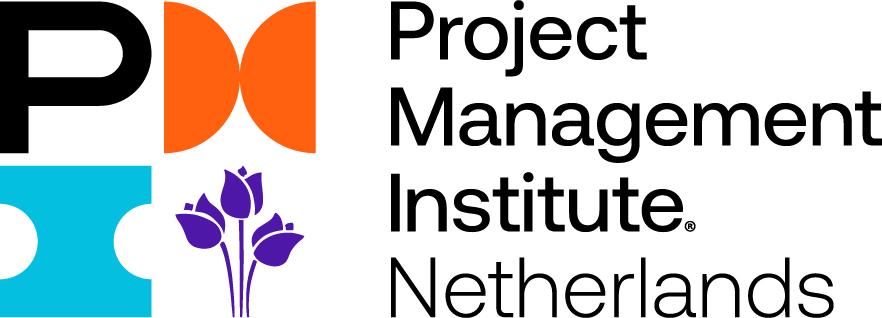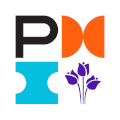April 02 2025 at 02:45AM
Agile Project Management in Pharma: Finding the Right Balance
Many pharmaceutical companies still rely on structured, sequential project management methods due to strict regulatory requirements and the complexity of drug development. Is it time to make a shift? With increasing pressures to accelerate innovation, improve collaboration, and adapt to changing regulatory and market conditions, companies are now exploring a hybrid approach that combines Agile methodologies with traditional project management frameworks.
Why Agile alone isn't always the answer
Originally developed for software teams, Agile project management focuses on adaptability, iterative progress, and cross-functional collaboration. It allows teams to work in short cycles, continuously refining processes based on real-time feedback. While Agile has proven successful in industries where flexibility is key, pharmaceutical development involves fixed regulatory milestones, strict documentation requirements, and long development timelines that do not always align with Agile's iterative nature.
This is where a hybrid approach, integrating Agile principles with traditional, structured project management, offers a practical solution. It allows pharma teams to leverage Agile's flexibility while maintaining the rigor required for compliance and quality assurance.
How a hybrid approach works in Pharma
Agile can be applied in specific areas, such as adaptive trial design in clinical trials. Rather than waiting until the end of a trial phase to analyze results, teams can review interim data in iterative cycles and make real-time protocol adjustments. This approach enhances responsiveness to emerging findings while ensuring that regulatory guidelines are still met.
For regulatory submissions, hybrid project management allows teams to use Kanban-style workflows to track document progress dynamically while adhering to stage-gated review processes required for compliance. This ensures submission timelines remain transparent and manageable without disrupting quality and approval steps.
Manufacturing and supply chain functions also benefit from a hybrid approach. While traditional project planning remains essential for large-scale production and regulatory approval cycles, Agile principles such as Scrum teams and daily stand-ups help teams quickly adapt to supply chain disruptions or changing production needs.
Striking the right balance
The key to success with hybrid project management in pharma is understanding when to apply Agile and when to rely on traditional structures. Agile works best in areas where flexibility, rapid learning, and cross-functional collaboration are required, such as early-stage research, clinical trial adjustments, and technology innovation. Meanwhile, regulatory approvals, large-scale manufacturing, and compliance-driven documentation processes often require more structured project management to ensure consistency and adherence to industry standards.
A hybrid approach also requires a shift in mindset. Teams must be trained in both Agile methodologies and traditional project management practices. Leadership is crucial in driving this balance by encouraging collaboration across functions and ensuring that Agile initiatives align with the organization's broader regulatory and operational goals.
Conclusion
As the pharmaceutical industry continues to evolve, a hybrid approach to managing complex projects is becoming the most effective approach. By integrating Agile principles with traditional project management frameworks, pharma companies can increase efficiency, improve collaboration, and accelerate innovation, without compromising regulatory compliance. Finding the right balance is key to ensuring teams remain adaptable while maintaining the structure needed to bring life-changing medicines to market.
Follow our News



